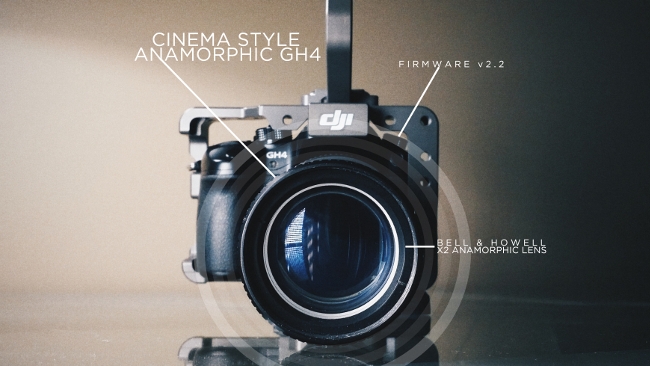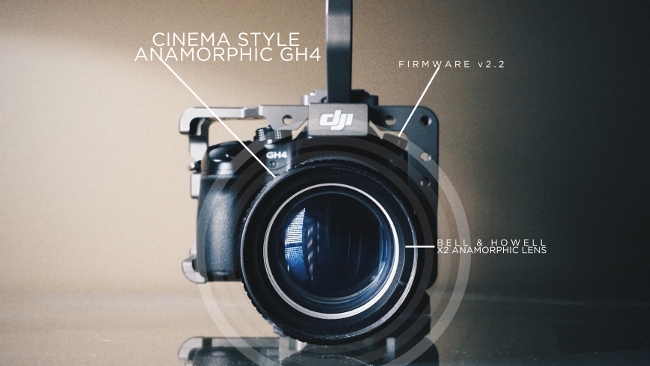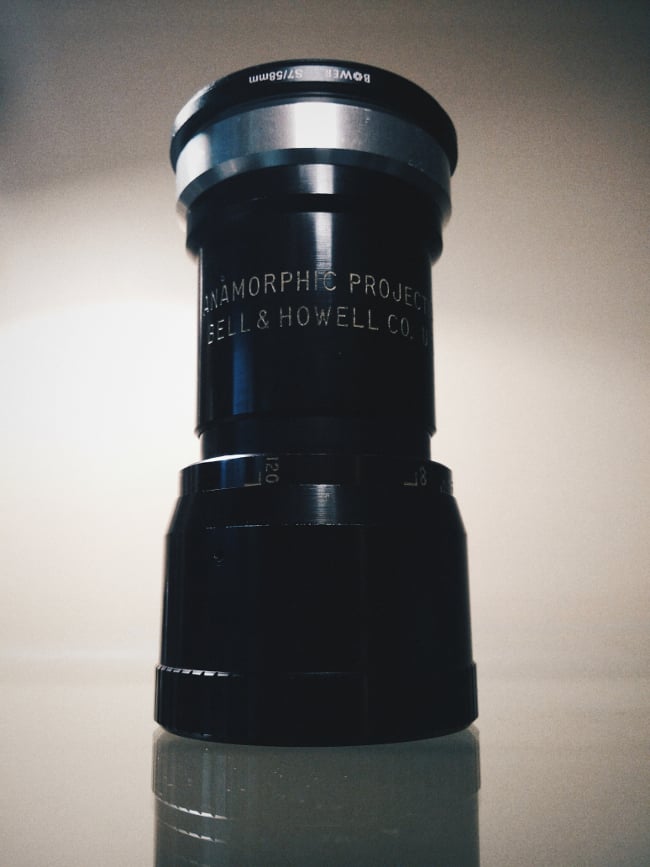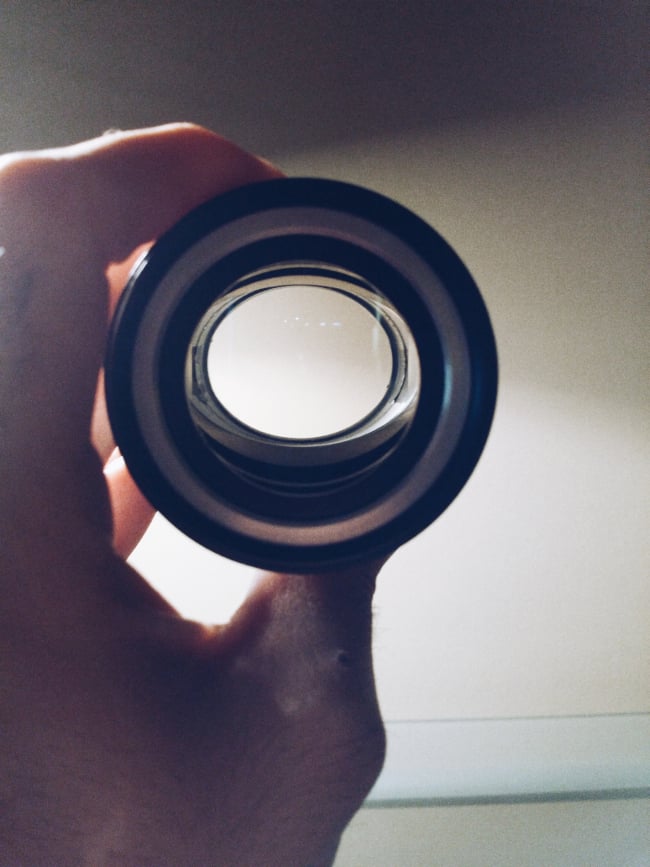
 Panasonic GH4 Anamorphic
Panasonic GH4 Anamorphic
Panasonic GH4's new firmware update unlocks anamorphic shooting on one of the hottest cameras of last year. RedShark News contributor Kevin Luiz pulled out some vintage glass to put the GH4 anamorphic through its paces.
Anamorphic shooting holds the key to a real cinematic look and has been engraved into the way we visually tell stories for well over half a century. Anamorphic shooting has been somewhat of a hobby of mine, but it wasn't until recently that I integrated anamorphic aspects into my own professional work.
Roughly three years ago, I picked up a digital guide by Andrew Reid from EOSHD.com on anamorphic lenses. I quickly became enthralled by the concept of effectively doubling your camera's width from 1920 to 3840 pixels. I read as much as I could, but at the time I couldn't afford the lens that I wanted, the Iscorama. Lucky for me, my father knew I had a burning desire to shoot in these aspects and ended up buying a beautiful anamorphic lens off a guy who didn't know what he had. For $17 dollars, my dad scooped up a Bell & Howell 2x anamorphic projection lens that now roughly sells between $500 to a $1000 dollars. A real steal! So the fun began…


Pairing The Lens
The Bell & Howell was a great start to my experimentation, but really difficult to master until recently. When I first started shooting with this lens, it was nearly impossible to achieve critical focus and finding the proper lens to match with it was somewhat of a money sink. When I made my GH4 purchase, attaching the Bell & Howell was one of the first things I did. Factoring in the crop, I was able to pair my anamorphic lens with my Nikon 50mm F1.8. In 4K UHD 16:9 mode, I was seeing some slight vignetting of the lens, but nothing that couldn't be fixed in post. The GH4 was really the key to making this work because it was the one the first cameras I owned that had a superb focus peaking feature.
Organic Notions: Featuring the Bell & Howell 2x Anamorphic with the Panasonic GH4 ultra wide 3:55:1 aspect
Once I understood the long throws of the lens (three full rotations near-to-far), I was able to rely on focus peeking and punching in to achieve a nice critical focus. There was still an underlining issue however; the GH4 was shooting in a 16:9 mode, translating my 2x lens into an ultra wide 3:55:1 aspect ratio. While I did become accustomed to this look, I couldn't justify using this in any sort of professional application – it was just too wide.
Along Comes A Firmware Update
While shooting a new brand video for a client, rumors circulated of Panasonic releasing a new 4:3 mode to accommodate 2x anamorphic lenses. I was thrilled to hear this, as I knew immediately I wanted to capture some content for the opening of the video in a nice 2:66:1 aspect. This would lend itself to the content I was shooting and give a real cinematic vibe to the scene. I pitched the concept to our client and showed her some examples of what it might look like and she was on board.
With my trusty Bell & Howell on hand and Panasonic's new firmware update, I ventured out to Scusset Beach in Massachusetts. My business partner and I captured some really emotional moments between our client and her son Connor, who has special needs. I have included some of that content as a sample for you to take a look at.
Meet Connor: Featuring the Bell & Howell 2x Anamorphic with the Panasonic GH4 cinema 2:66:1 aspect
A Marriage That Just Works
Three years and many experiments later, I finally have a camera that renders the Bell & Howell useful for a professional application. By utilizing the 4:3 mode, I am able to scale my anamorphic content on a 16:9 UHD sequence in Premiere to a workable scale of 66% tall by 116% wide. This effectively covers the canvas' width, allowing me to integrate my anamorphic content with a consumer friendly aspect ratio.
In cinema, filmmakers will often switch aspects that go almost undetected by their audiences. It is my belief that, for viewers, when sleeker aspect ratios are introduced throughout a piece, it's almost as if a message goes off in their heads that says "hey, this is a super cinematic moment, pay attention!"
In closing, the GH4 finally allows us to harness the power of these cinematic ratios and even integrates quite nicely into consumer-based aspects. What are your thoughts on the new GH4 firmware update? Let us know if you intend on integrating anamorphics into your work.
Tags: Production


Comments